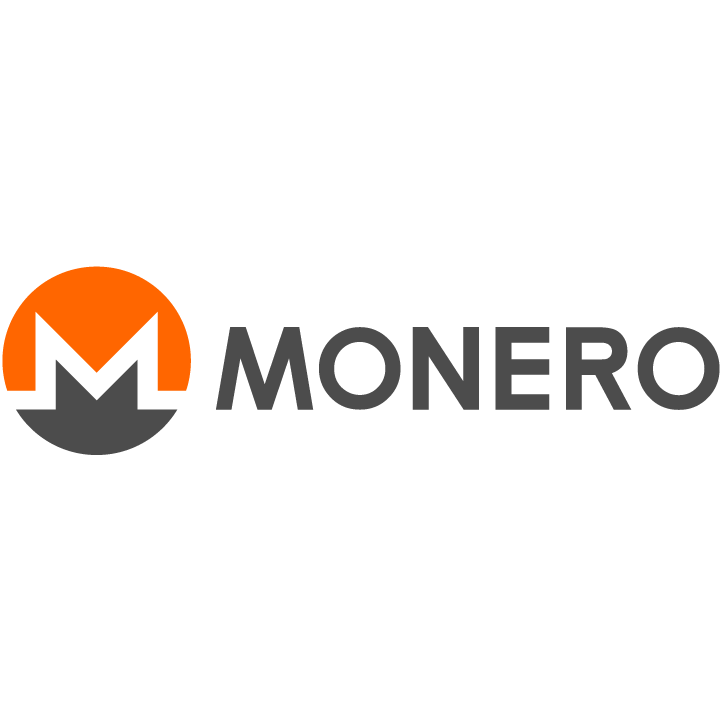Troubleshooting Monero Escrow related issues
Troubleshooting Monero Escrow scenarios demands a nuanced understanding of both the technical intricacies of the Monero protocol and the practicalities of coordinating transactions between multiple parties. Escrow services, while offering a layer of security for peer-to-peer exchanges, introduce complexities that can lead to various issues requiring careful diagnosis and resolution. When encountering problems with Monero escrow, a systematic approach focusing on verifying transaction details, communication between parties, and understanding the underlying cryptographic mechanisms is essential.
One common area where issues arise during Monero escrow involves the correct setup of the multi-signature transaction. Monero escrow typically relies on multi-signature wallets or transactions, requiring the signatures of multiple parties (buyer, seller, and escrow agent) to release the funds. Errors during the creation of the multi-signature address or the subsequent signing process can prevent the funds from being accessible. Troubleshooting this often involves meticulously verifying the participant addresses involved in the multi-signature setup and ensuring that each party has correctly signed their portion of the transaction using the appropriate Monero wallet software and procedures. Miscommunication regarding the exact multi-signature setup parameters can also lead to failed transactions, emphasizing the importance of clear and precise information sharing between all involved individuals.
Another potential point of failure in Monero escrow lies in the funding of the escrow address. If the buyer fails to send the correct amount of Monero to the designated multi-signature address, or if the transaction is not broadcast to the network correctly, the escrow process cannot proceed. Troubleshooting this requires verifying the transaction ID of the funding transaction on a Monero block explorer to confirm its existence and the amount sent. Additionally, ensuring that the funds were sent to the correct multi-signature address, and not a standard Monero address, is crucial. Confusion can sometimes arise if participants are unfamiliar with the concept of multi-signature addresses and the specific wallet functionalities required to interact with them.
Finally, disputes regarding the fulfillment of the agreed-upon conditions can lead to difficulties in releasing the escrowed Monero. In such situations, the role of the escrow agent becomes paramount. Troubleshooting often involves the escrow agent carefully reviewing the evidence presented by both the buyer and the seller to determine if the conditions for release have been met. This process can be complex and may require the escrow agent to have a strong understanding of the terms of the agreement and the ability to impartially assess the situation. Technical issues might also arise during the final release transaction, such as problems with one of the required signatures being unavailable or errors in constructing the release transaction. Resolving these issues necessitates careful communication and potentially the involvement of someone with technical expertise in Monero multi-signature transactions to ensure the funds are released according to the agreed-upon terms and the cryptographic requirements of the Monero protocol.
